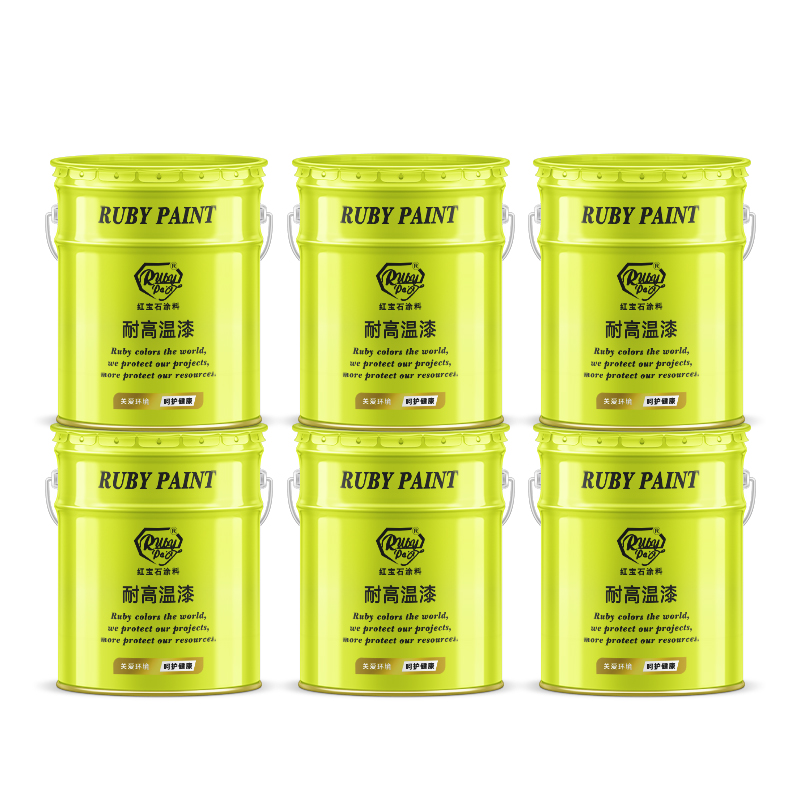Table of Contents
Understanding Urethane Adhesive SDS: Components and Safety Guidelines
Urethane adhesive, also known as polyurethane adhesive, is a versatile and durable bonding agent used in various industrial and commercial applications. It is known for its strong adhesion properties and its ability to bond a wide range of materials including metals, plastics, and wood. However, like many chemical products, urethane adhesive can pose health and safety risks if not handled properly. To ensure safe usage, it is crucial to understand the Safety Data Sheet (SDS) associated with urethane adhesive.
The SDS for urethane adhesive provides comprehensive information about the product, including its composition, potential hazards, and safety precautions. The first section of the SDS typically lists the chemical components of the adhesive. Urethane adhesives are primarily composed of isocyanates and polyols, which react to form a durable polymer. Isocyanates are known to be sensitizers and can cause respiratory and skin irritation upon exposure. Understanding the chemical makeup helps users recognize the risks and take appropriate measures to minimize exposure.
Moving on to the hazards associated with urethane adhesive, the SDS outlines both health and physical hazards. Health hazards may include allergic reactions, respiratory issues, and skin irritation, as previously mentioned due to isocyanates. Additionally, some formulations may release volatile organic compounds (VOCs) during curing, which can affect indoor air quality and lead to headaches or dizziness. Physical hazards, on the other hand, might involve risks related to the flammability of the adhesive, especially in its uncured state. It is essential for users to be aware of these hazards to implement effective risk management strategies.
To mitigate these risks, the SDS provides detailed safety guidelines. These guidelines include recommendations for personal protective equipment (PPE) such as gloves, goggles, and respirators to protect against skin and respiratory exposure. Ventilation requirements are also emphasized to ensure that any harmful vapors are effectively dispersed, reducing the concentration of VOCs in the air. Moreover, the SDS advises on safe handling and storage practices, such as keeping the adhesive away from heat sources and ensuring containers are tightly sealed when not in use to prevent accidental spills or exposure.
| Serial No. | Product |
| 1 | Epoxy Zinc rich paint |
In case of an emergency, the SDS offers crucial first aid measures. For skin contact, it suggests gently wiping off the adhesive followed by washing with soap and water. In the event of eye contact, immediate flushing with water is recommended. If inhalation causes respiratory discomfort, moving the affected individual to fresh air is advised. The SDS also provides information on the necessary steps to take in case of a large spill, including containment and cleanup procedures to prevent environmental contamination.
Lastly, the SDS includes details on the proper disposal of urethane adhesive. Disposal must comply with local, state, and federal regulations to prevent environmental harm. This might involve taking the adhesive to a designated hazardous waste facility or following specific guidelines for recycling or reclamation.
In conclusion, understanding the SDS for urethane adhesive is crucial for ensuring safe and effective use of the product. By familiarizing themselves with the components, potential hazards, safety guidelines, emergency procedures, and disposal instructions provided in the SDS, users can minimize health risks and environmental impact, thereby promoting a safer working environment.
How to Properly Store and Handle Urethane Adhesive According to SDS Recommendations
Urethane adhesive is a versatile and durable bonding agent commonly used in various industrial and construction applications. However, to ensure its effectiveness and safety, it is crucial to store and handle it according to the Safety Data Sheet (SDS) recommendations. The SDS provides essential information on the potential hazards, handling precautions, and storage requirements for urethane adhesive, helping users minimize risks and maintain the product’s integrity.
When storing urethane adhesive, it is important to keep it in a cool, dry, and well-ventilated area. Exposure to extreme temperatures, moisture, and direct sunlight can degrade the adhesive’s quality and reduce its shelf life. The recommended storage temperature typically ranges from 60°F to 80°F (15°C to 27°C). It is also advisable to keep the adhesive in its original container with the lid tightly closed to prevent contamination and moisture ingress. Additionally, the storage area should be away from sources of ignition and incompatible materials, such as strong oxidizing agents, to prevent any hazardous reactions.
| Number | Name |
| 1 | Fluoracarbon paint |
Handling urethane adhesive also requires careful attention to safety precautions. Before using the adhesive, it is essential to read the SDS thoroughly to understand the specific risks associated with the product. Personal protective equipment (PPE) such as gloves, safety goggles, and respiratory protection should be worn to avoid skin and eye contact, as well as inhalation of vapors. It is also important to ensure that the work area is well-ventilated to disperse any harmful fumes.
When dispensing urethane adhesive, use appropriate tools and equipment designed for chemical handling. This will help prevent spills and leaks, which can be difficult to clean up and may pose additional safety hazards. In case of accidental spillage, refer to the SDS for guidance on proper cleanup procedures. Typically, absorbent materials such as sand or vermiculite can be used to contain the spill, and the area should be ventilated to remove any residual vapors.

After use, it is crucial to properly dispose of any leftover urethane adhesive and its container. The SDS will provide information on recommended disposal methods, which may include recycling, incineration, or disposal as hazardous waste, depending on local regulations. It is important to follow these guidelines to minimize environmental impact and comply with legal requirements.
In conclusion, proper storage and handling of urethane adhesive are essential to ensure its effectiveness, maintain workplace safety, and comply with regulatory standards. By adhering to the recommendations provided in the SDS, users can prevent accidents, extend the product’s shelf life, and achieve optimal bonding results. Always keep the SDS accessible and up-to-date, and train all personnel involved in handling urethane adhesive on the appropriate safety practices. By taking these precautions, you can maximize the benefits of using urethane adhesive while minimizing risks to health and the environment.




